Category: State
-
Special elections to be held in Texas House districts
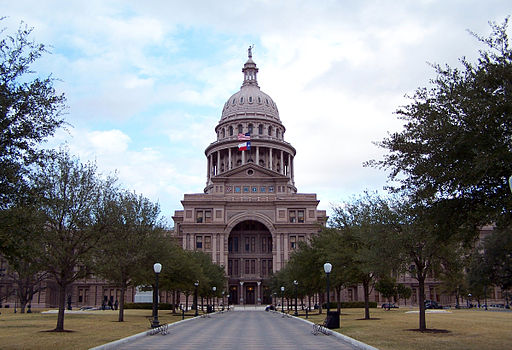
Special elections are being held on Sept. 28 for District 10 and District 118 of the Texas House of Representatives. The winner of these special elections will serve until January 2023. In District 10, Republicans Brian Harrison and John Wray are running in a general election runoff. Harrison and Wray advanced from the general election…
-
Special election for vacant Massachusetts Senate seat called for 2022
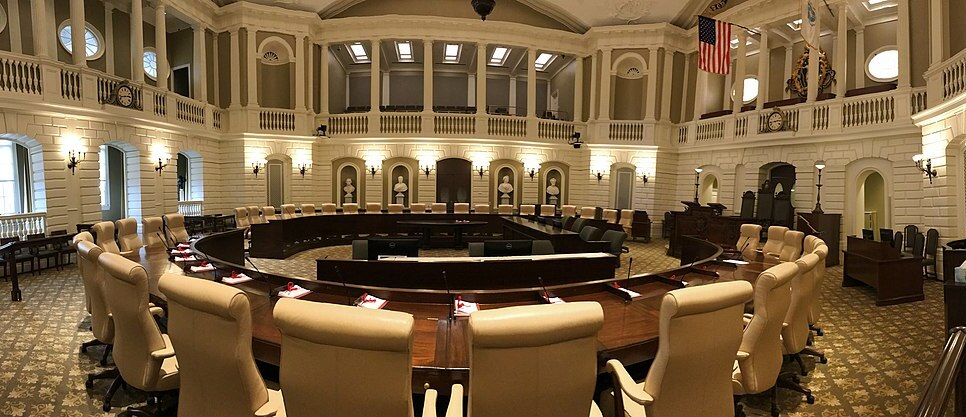
A special election has been called to fill the vacant Massachusetts State Senate seat in the First Suffolk & Middlesex District. The seat became vacant on Sept. 9 when former state Sen. Joseph Boncore (D) resigned to become CEO of the Massachusetts Biotechnology Council (MassBio). The special general election is set for Jan. 11, 2022,…
-
Redistricting Roundup: Ohio Redistricting Commission approves state legislative redistricting maps by party-line vote

Here’s a summary of the week’s noteworthy redistricting news from Iowa and Ohio, and authorities in seven states released draft congressional or legislative maps: Ohio: The Ohio Redistricting Commission approved new state legislative district maps by a 5-2 party-line vote on Sept. 9. If the Commission files those maps with the secretary of state, they…
-
Sonoma County District Attorney retains office after voters defeat recall effort

A recall election seeking to remove Jill Ravitch from her position as the district attorney of Sonoma County, Calif., was on the ballot on Sept. 14. A majority of voters (79.9%) cast ballots against the recall, defeating the effort and keeping Ravitch in office. The candidate filing deadline passed on July 1, but no candidates…
-
Bousselot (R) defeats Phillips (D) in Iowa state House special election
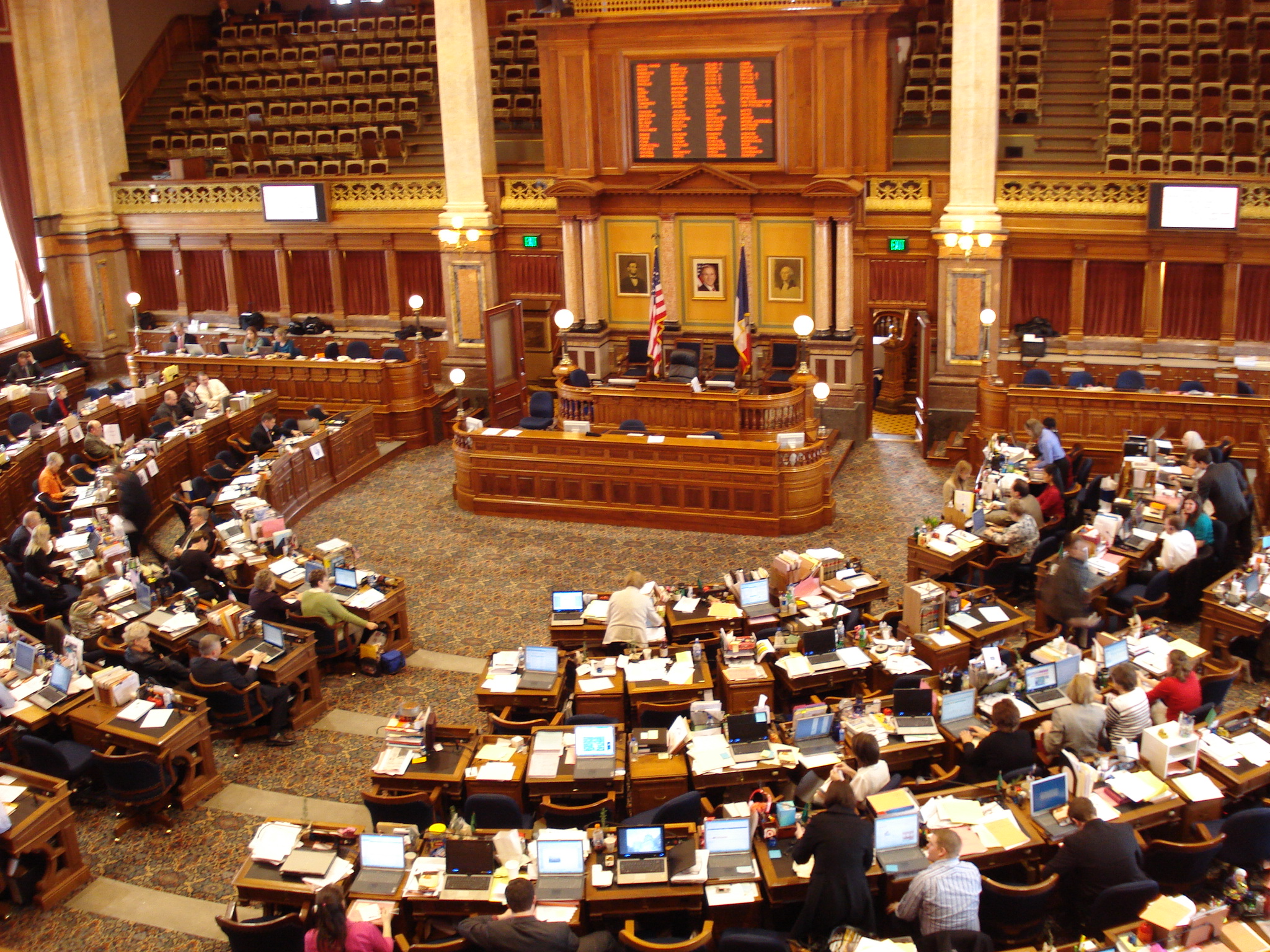
A special general election was held for Iowa House of Representatives District 37 on Sept. 14. Mike Bousselot (R) defeated Andrea Phillips (D), earning 51.6% of the vote to Phillips’ 48.4%. There was no primary election, as the candidates were selected directly by their respective political parties. The special election became necessary after John Landon…
-
California voters retain Gov. Gavin Newsom (D)
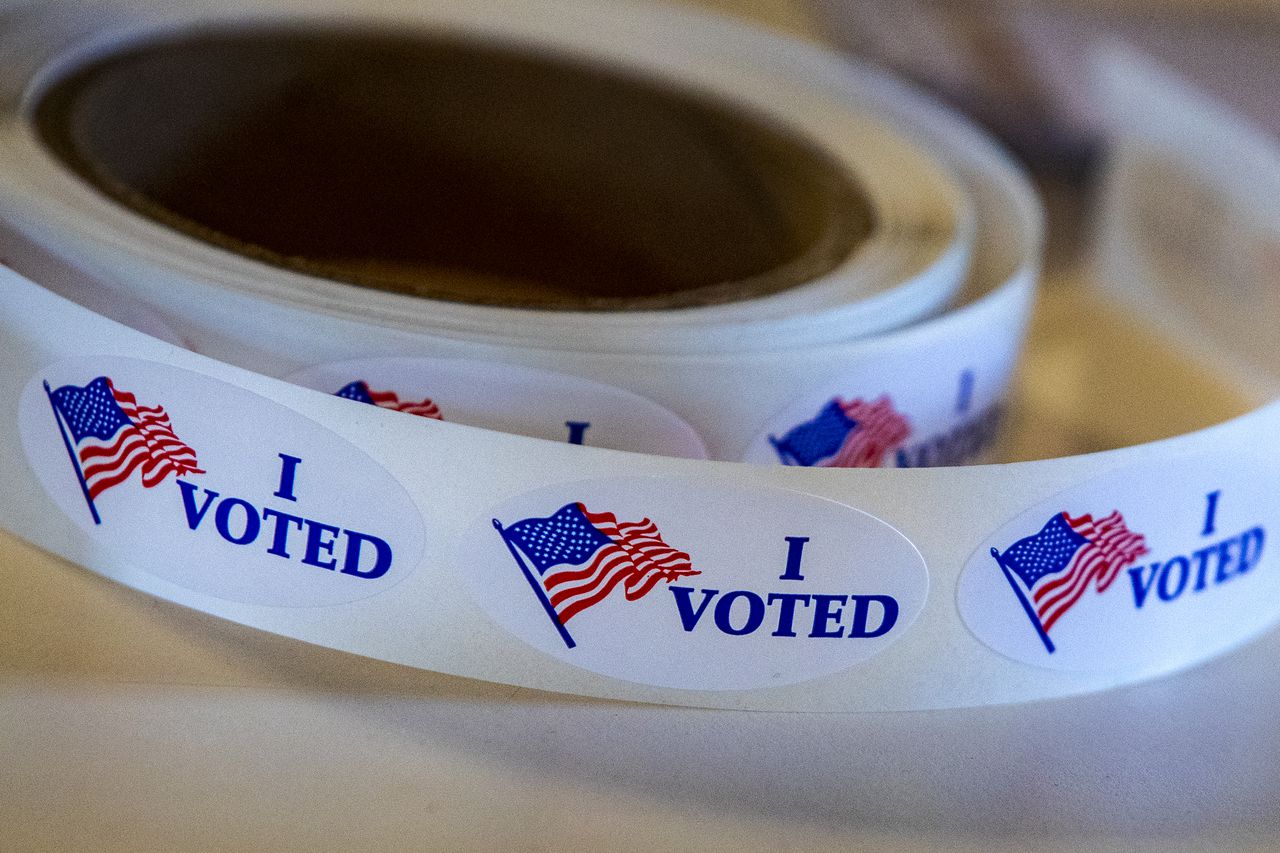
California voters retained Gov. Gavin Newsom (D) in the recall election Tuesday night. With 68% of precincts partially reporting, 63.8% voted to retain Newsom while 36.1% voted to recall Newsom. A majority vote was required to recall Newsom. Among the replacement candidates, Larry Elder (R) received the largest share of the votes at 47% followed…
-
Colorado Independent Legislative Redistricting Commission releases first set of staff drawn maps

The Colorado Independent Legislative Redistricting Commission released its first set of staff-drawn maps for the state House and Senate on Sept. 13. The commission had released an initial set of proposed maps in June before the US Census Bureau released block-level population data in August. On Aug. 13, the commission adopted a new redistricting schedule…
-
Kirsten Engel, Wesley Breckenridge resign from state legislatures
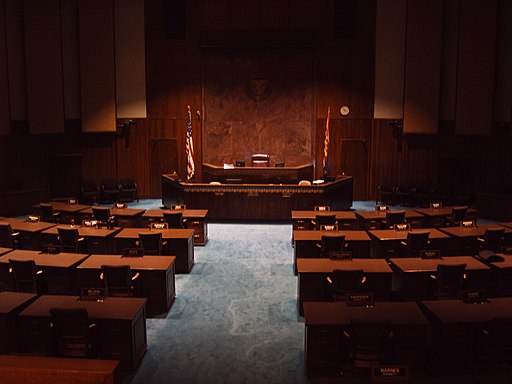
Two Democrats, Kirsten Engel and Wesley Breckenridge, resigned from their state legislatures on Sept. 8 and 10, respectively. Senator Engel represented Arizona Senate District 10 from Jan. 11, 2021, to Sept. 8, 2021, while Rep. Breckenridge represented Iowa House District 29 from 2017 to 2021. Engel resigned to focus on her 2022 campaign for Arizona’s…
-
Eight state legislative incumbents—3.9% of those seeking re-election—lost in contested primaries
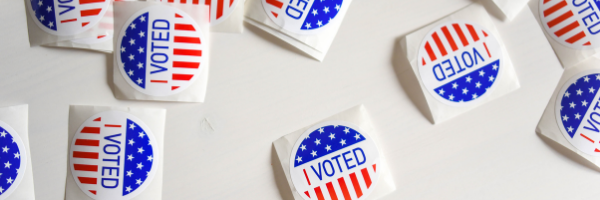
Eight state legislative incumbents—five Democrats and three Republicans— lost in primaries in 2022, representing 3.9% of all incumbents who filed for re-election and 20% of all incumbents who faced contested primaries. This was an average number of incumbents defeated in primaries compared to the five odd-year election cycles before it. Sixteen incumbents lost primaries in…
-
Five candidates file for Georgia House special election
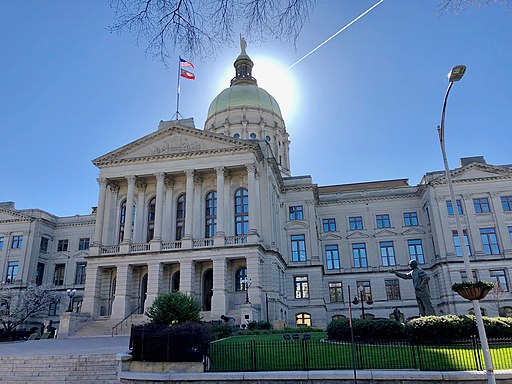
Five candidates have filed to run in the Nov. 2 special election for District 165 in the Georgia House of Representatives. Edna Jackson (D), Sabrina Kent (D), Antwan Lang (D), Clinton Young (D), and Clinton Cowart (L) filed before the Sept. 10 filing deadline. The winner of the special election will serve until January 2023.…

